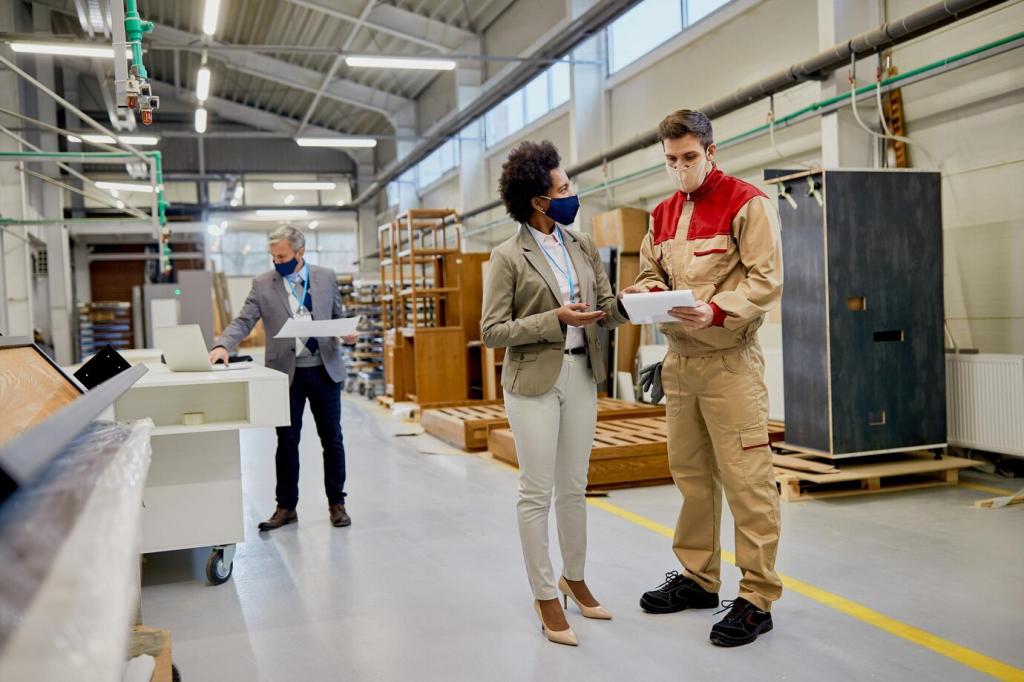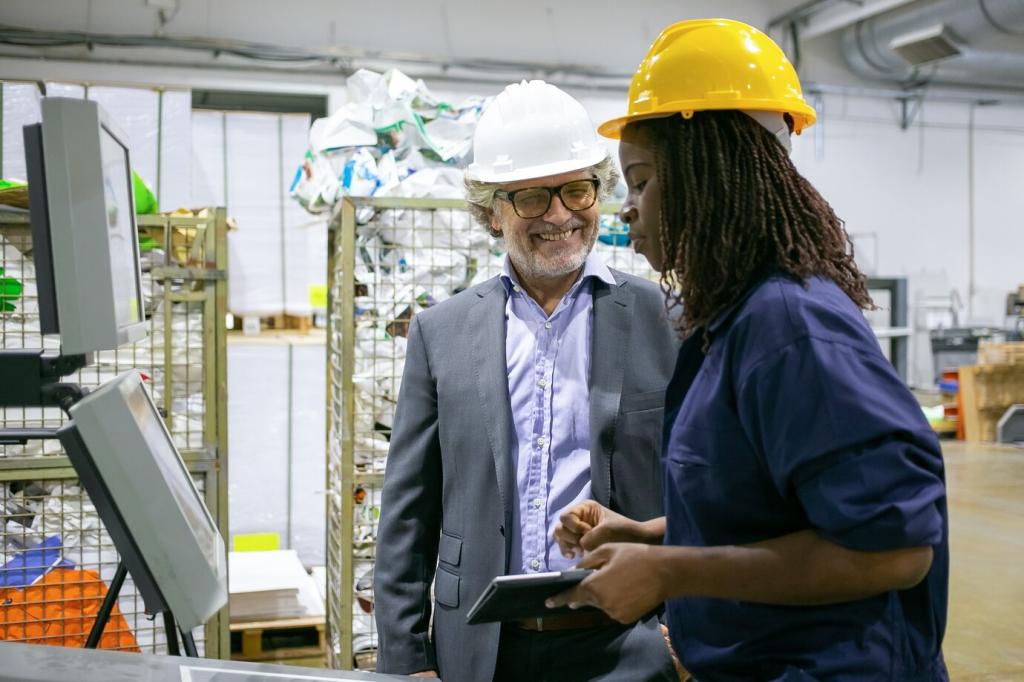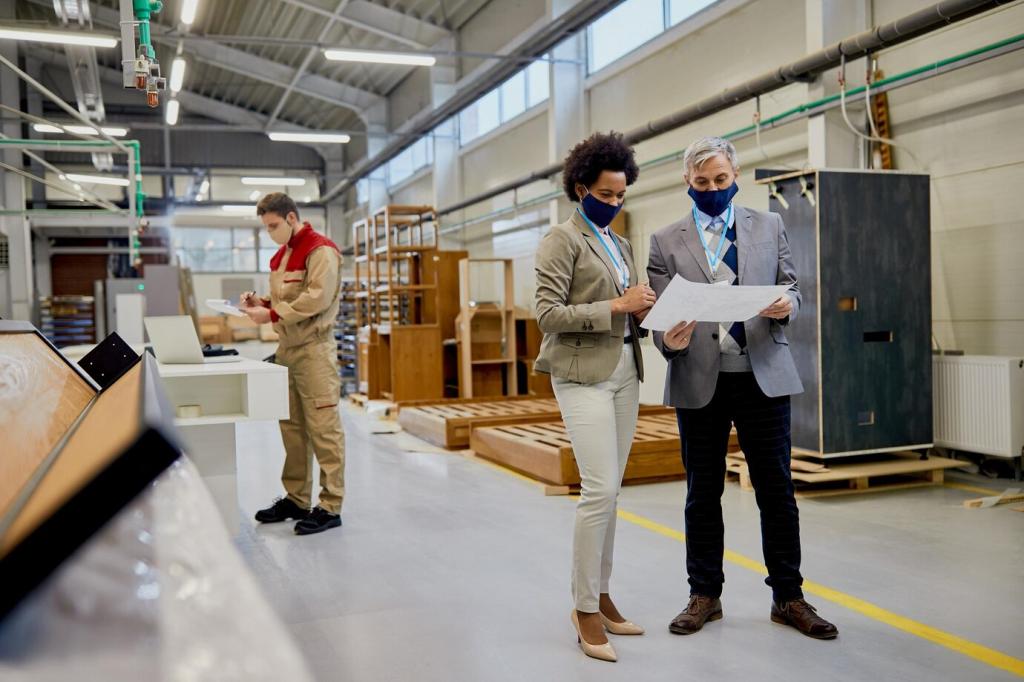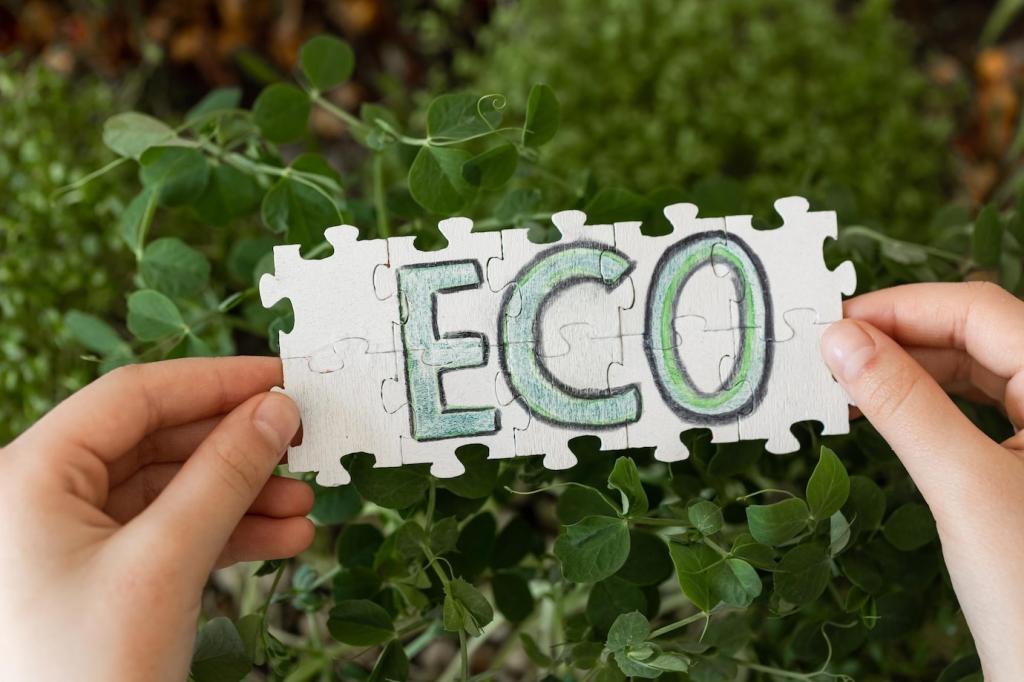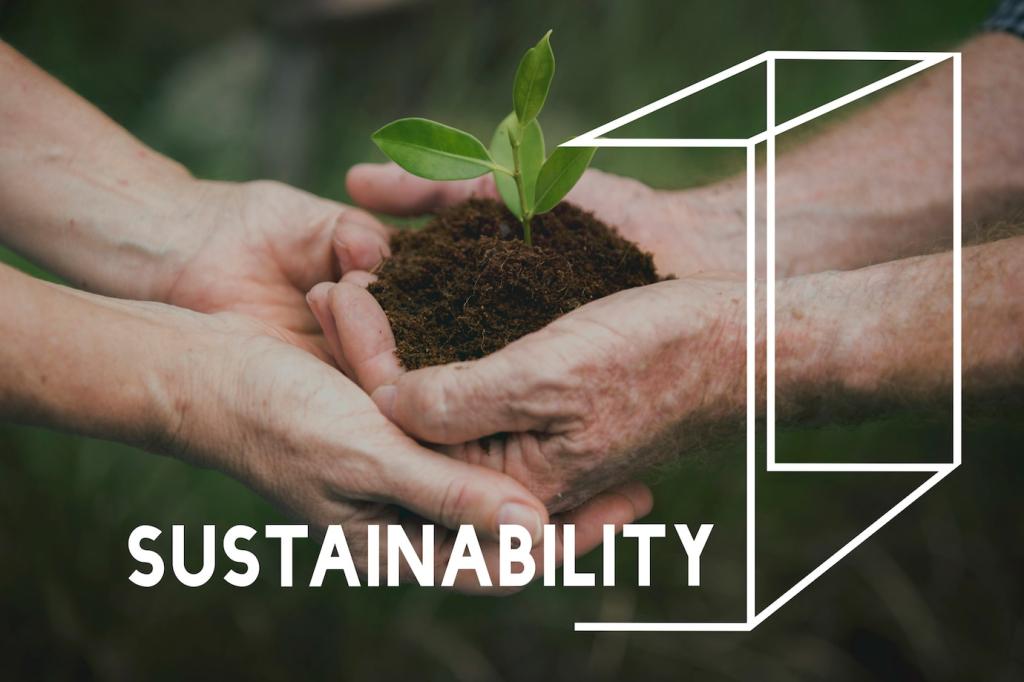Designing with Character: Texture, Patina, and Story
Lean into the natural oxidation of steel and the sun-washed grain of reclaimed oak. Seal thoughtfully to protect color, highlight texture with directional light, and let imperfections guide a layout that feels intentional, grounded, and deeply connected to place and time.
Designing with Character: Texture, Patina, and Story
Pair planed, reclaimed walnut with powder-coated recycled steel for contrast. Use clean lines to frame rugged surfaces, and introduce textiles for warmth. This balance elevates comfort while celebrating the honest marks of prior use, workshop work, and weather-driven change.


